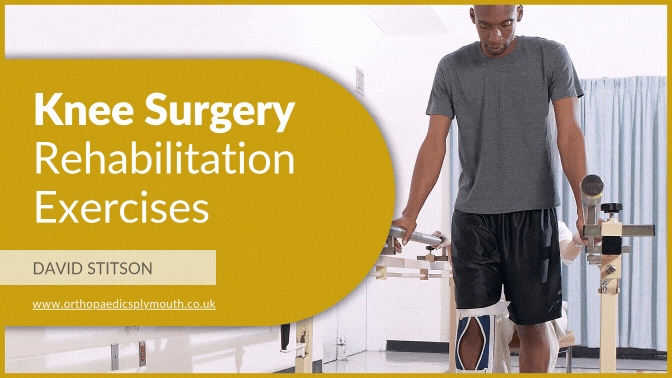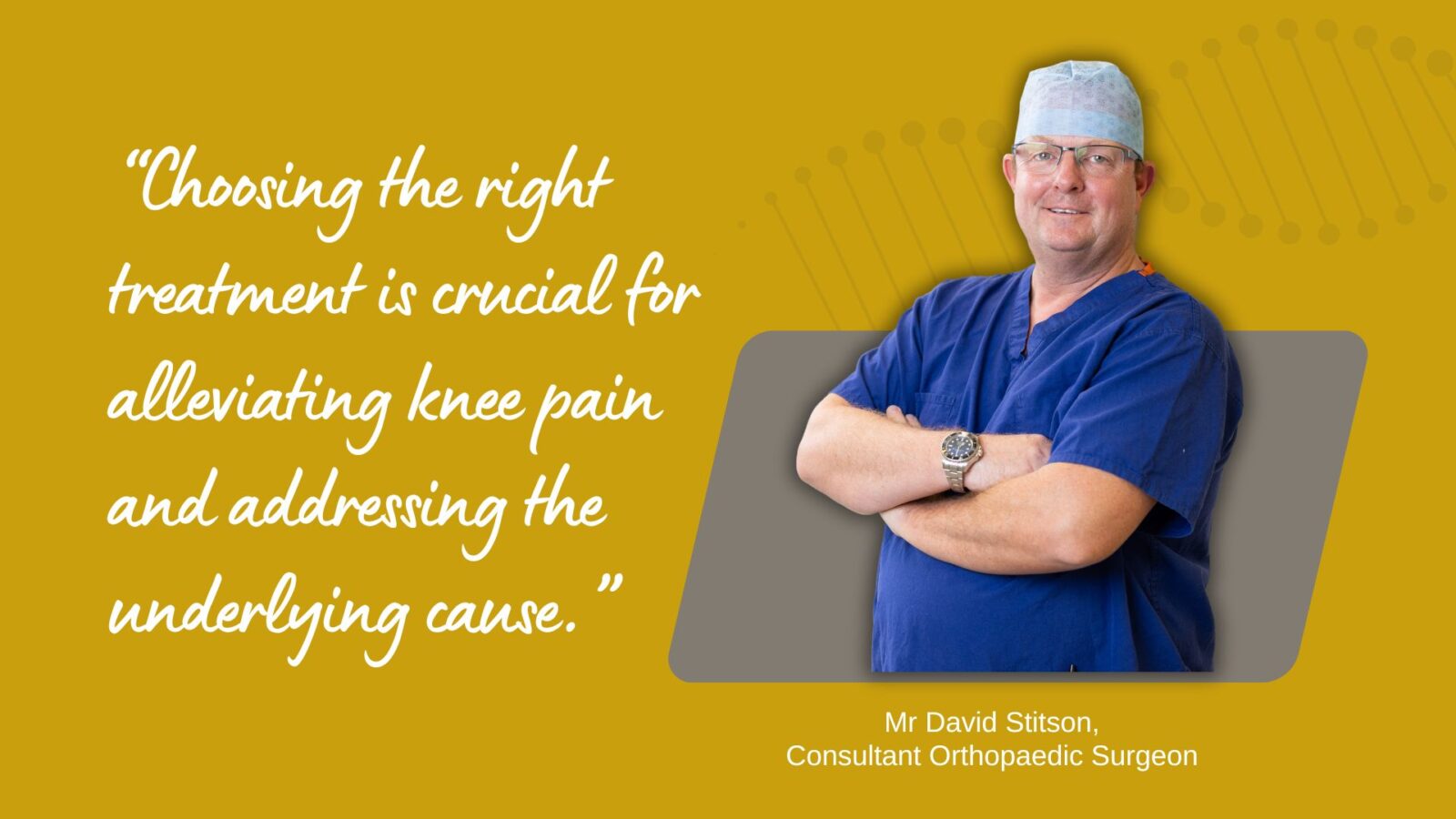Orthopaedic injuries and surgery can be debilitating, affecting mobility, strength and overall quality of life.
Knee Surgery Rehabilitation Exercises are crucial for a successful recovery, and targeted exercises play a significant role in this process. This comprehensive guide outlines various knee rehabilitation exercises designed for Knee Surgery Rehabilitation, providing examples and tips to ensure a safe and effective recovery.
Contents
ToggleUnderstanding Orthopaedic Injuries
Orthopaedic injuries involve the musculoskeletal system including bones, muscles, ligaments, tendons and joints. Common orthopaedic injuries include:
- Fractures: Breaks in the bone.
- Dislocations: Joints forced out of their normal position.
- Sprains: Overstretching or tearing of ligaments.
- Strains: Overstretching or tearing of muscles or tendons.
- Tendonitis: Inflammation of a tendon.
Knee Surgery Rehabilitation Exercises are tailored to the specific injury and the individual’s overall health. Consulting with a healthcare professional before starting any exercise program is essential.
The Importance of Knee Rehabilitation Exercises
Rehabilitation exercises help in:
- Restoring Functionality: Regaining normal movement and function of the affected area.
- Strengthening Muscles: Building strength to support the injured area.
- Improving Flexibility: Enhancing the range of motion to prevent stiffness.
- Preventing Recurrence: Reducing the risk of future injuries through conditioning.
Knee Surgery Rehabilitation Strengthening Exercises
Types of Knee Surgery Rehabilitation Exercises And How To Do Them Effectively
Example 1: Quadriceps Strengthening
Description: Strengthening the quadriceps helps support the knee joint, reducing pain and improving stability.
How to Do It:
- Sit on a chair with your feet flat on the ground.
- Bring one leg up to straighten it and hold for 5 seconds.
- Slowly lower your leg back to the starting position.
- Perform 10-15 repetitions for each leg.
Example 2: Heel Raises
Description: Heel raises help to strengthen the calf muscles, supporting knee recovery.
How to Do It:
- Stand with your feet hip-width apart.
- Slowly raise your heels off the ground, standing on your toes.
- Hold for 2-3 seconds, then lower your heels.
- Perform 10-15 repetitions.
Example 3: Knee Slides
Description: These knee surgery rehabilitation exercises help maintain flexibility and prevent stiffness in the knee joint. It is important to work on your knee motion (bending and straightening) after knee replacement surgery. This will help you walk without a limp and get up and down more easily from a chair, toilet or bed.
How to Do It:
- Sit on a couch or bed with your leg stretched out in front of you.
- Put a plastic carrier bag underneath your operated foot to help reduce the friction when performing the exercise.
- Bend your knee as far back as comfortable. Hold this position for 20-30 seconds.
- To increase the stretch put your non-operated foot in front of your ankle or shoe and press your knee back further.
- Perform 5-10 repetitions for each leg.
Example 4: Hamstring Curls
Description: Hamstring curls strengthen the muscles at the back of the thigh, supporting knee joint stability.
How to Do It:
- Stand with your feet hip-width apart, using a chair or wall for support if needed.
- Bend your injured leg at the knee, bringing your heel towards your buttocks.
- Hold for 2-3 seconds, then slowly lower your leg.
- Perform 10-15 repetitions.
Example 5: Single-Leg Stand
Description: These exercises improve balance and proprioception (your body’s ability to sense movement, action, and location), essential for preventing re-injury.
How to Do It:
- Stand on your injured leg, lifting the other foot off the ground.
- Hold the position for 20-30 seconds.
- Increase the difficulty by closing your eyes or standing on an unstable surface.
- Perform 3-5 repetitions.
Example 6: Hamstring Stretch
Description: Stretching the hamstrings can relieve tension in the lower back and improve posterior chain flexibility.
How to Do It:
- Sit on the ground with one leg straight and the other bent.
- Reach towards your toes of the straight leg.
- Hold the stretch for 20-30 seconds.
- Switch legs and repeat.
- Perform 2-3 repetitions for each leg.
Your recovery journey is unique, so it is essential to work closely with your healthcare providers to tailor the rehabilitation process to your specific needs.
5 Tips for Effective Knee Rehabilitation
1. Start Slowly:
Begin with low-intensity exercises and gradually increase the intensity as your strength and flexibility improve.
2. Consistency is Key:
Perform exercises regularly as prescribed by your physio.
3. Listen to Your Body:
Avoid pushing through pain. If an exercise causes discomfort, stop and consult your physio.
4. Use Proper Form:
Ensure correct technique to avoid further injury.
5. Stay Positive:
Rehabilitation can be a slow process. Maintaining a positive attitude can enhance recovery.
A vital part of Knee Replacement Surgery
By focusing on these key aspects of knee rehabilitation, you can ensure a comprehensive approach to recovering from Knee Replacement Surgery. Remember, patience and consistency are vital for a successful recovery.
Rehabilitation exercises are the cornerstone of recovery from Knee Replacement Surgery. By incorporating a variety of exercises that focus on flexibility, strength, balance, and stretching, you can restore functionality and reduce the risk of future injuries.
Always consult with Mr Stitson or your physiotherapist to develop a personalised rehabilitation plan suited to your specific needs. For more information on rehabilitation exercises for orthopaedic injuries, stay tuned to our blog for additional tips and detailed exercise guides.
If you have any concerns or questions, don’t hesitate to contact us as we are there to help you through every step of your recovery journey.
FAQs
Q: When can I start rehabilitation exercises after knee surgery?
A: You can usually start light exercises within a day of surgery, indeed often on day one, but always follow Mr Stitson’s specific recommendations.
Q: How often should I do my knee rehab exercises?
A: Typically, exercises are done multiple times a day. Your physio will provide a schedule tailored to your recovery.
Q: What if I experience pain during exercises?
A: Mild discomfort is normal, but sharp pain should not be ignored. Stop the exercise and consult your physio if the pain persists.
Q: How long will it take to fully recover from knee surgery?
A: Recovery time varies but generally ranges from 6 weeks to 3 or 4 months, depending on the individual and the extent of the surgery.
Q: Can I perform knee rehab exercises on my own?
A: While some exercises can be done independently, it is important to start under the supervision of a physiotherapist to ensure proper technique and to help avoid complications.
About Knee Surgery
Knee replacement surgery replaces the worn out, painful and stiff knee joint with a new prosthetic joint. This procedure which may be a partial or a total replacement is normally performed under spinal anaesthesia and is usually followed by a night or two in the hospital. Day-case knee replacement surgery may be an appropriate option for you.

About Mr Stitson
David Stitson is a Plymouth-based Consultant Trauma and Orthopaedic Surgeon. Trained both in the UK and internationally, he has worked in medicine for more than 20 years for the NHS, for the Royal Air Force and in private practice. Mr Stitson operates privately at the Nuffield Health Hospital, Plymouth.

The Nuffield Plymouth CQC Rating
The Nuffield Hospital has a history that spans over half a century and has built a reputation for high standards of care, professionalism and expertise in delivering health services. They aim for continuous quality improvement in everything they do.
Active Quality and Governance programmes are in place at the Nuffield Hospital Plymouth. As part of this, the hospital is inspected by independent healthcare regulators to ensure it meets the fundamental standards of quality and safety as determined by the regulating body (CQC).
In the most recent inspection, Plymouth Nuffield Hospital was rated as ‘Good’ overall, however, the surgical element of the inspection was rated as ‘Outstanding’. The hospital was referred to as:
“Outstanding in effective and caring, and
Good in safe, responsive and well-led.”





